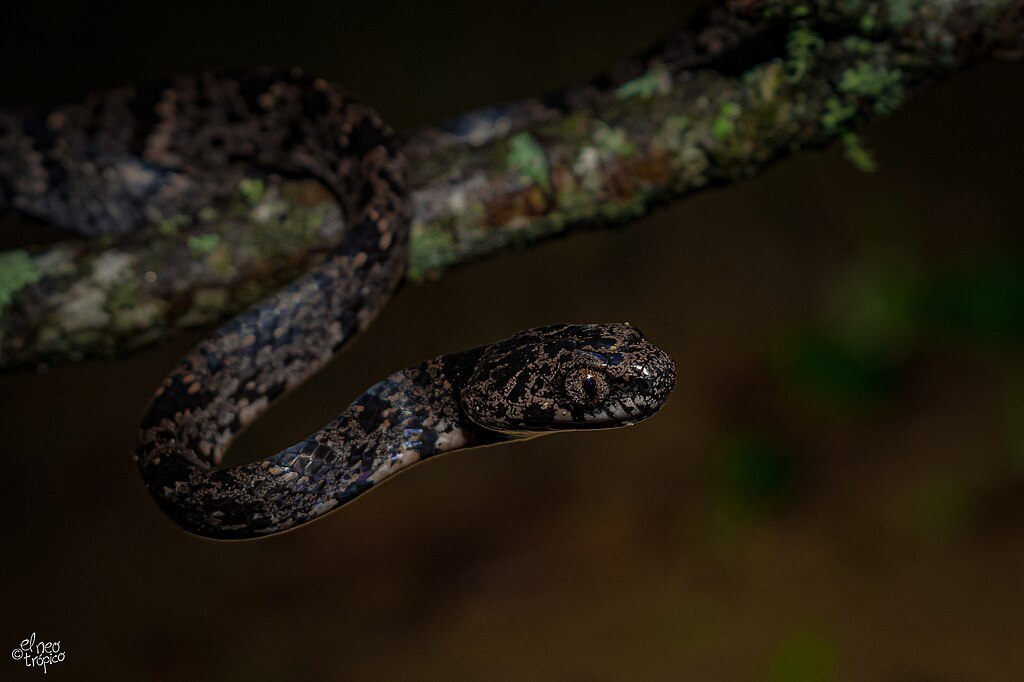In the complex world of survival, snakes have developed remarkable strategies for evading threats. These reptiles, often misunderstood and feared, possess an extraordinary ability to disappear into their surroundings when danger approaches. While many people assume snakes simply slither under rocks or into burrows, the reality is far more fascinating. From utilizing unexpected natural features to taking advantage of human structures, snakes demonstrate impressive ingenuity when seeking sanctuary. Their hiding behaviors not only showcase their adaptability but also highlight the intricate relationship between these creatures and their environments. Let’s explore seven of the most unusual and surprising places where snakes retreat when feeling threatened.
Inside Abandoned Rodent Burrows
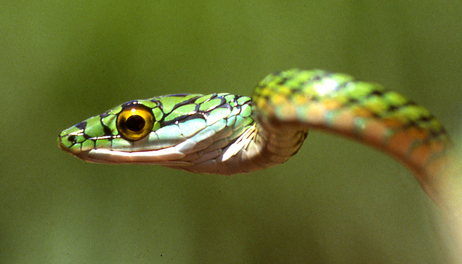
When threatened, many snake species will quickly take advantage of the elaborate tunnel systems created by rodents. These ready-made hideaways provide instant protection with their complex networks of chambers and escape routes. Snake species like rattlesnakes and bull snakes are particularly known for commandeering these underground labyrinths, sometimes even consuming the original inhabitants before settling in. The temperature regulation these burrows provide serves as an additional benefit, helping snakes maintain optimal body temperature while staying hidden from predators. For larger snake species, expanding these burrows by pushing through loose soil creates customized safe havens tailored to their specific needs.
Within Hollow Tree Trunks
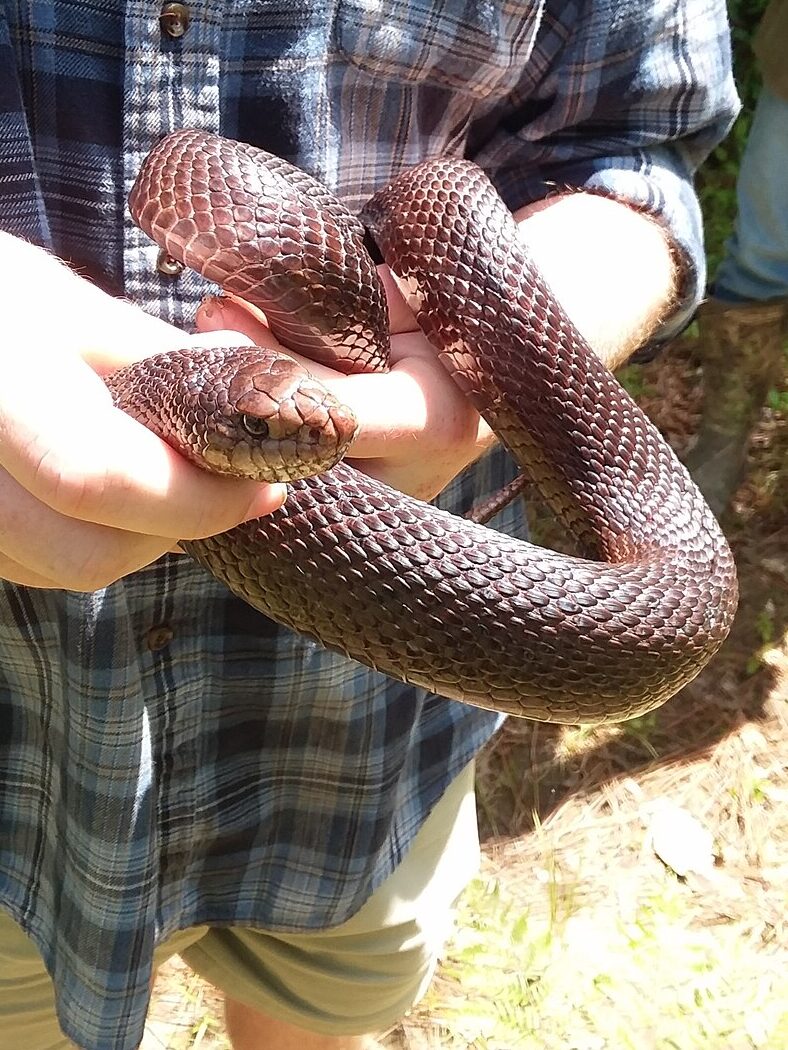
The natural cavities formed in aging trees create perfect sanctuaries for various snake species seeking protection. These hollow spaces, often created by decay or woodpecker activity, offer protection from both predators and harsh weather conditions. Tree-dwelling species like rat snakes and racers are particularly adept at accessing these elevated hideaways, using their strong muscles to climb vertically along bark surfaces. Inside these wooden fortresses, snakes can remain hidden for days or even weeks, especially during periods of dormancy or when recovering from injuries. The microclimate within these hollow trunks—typically cooler and more humid than outside—provides ideal conditions for snakes to regulate their body temperature while remaining concealed from potential threats.
Beneath Vehicle Engine Compartments
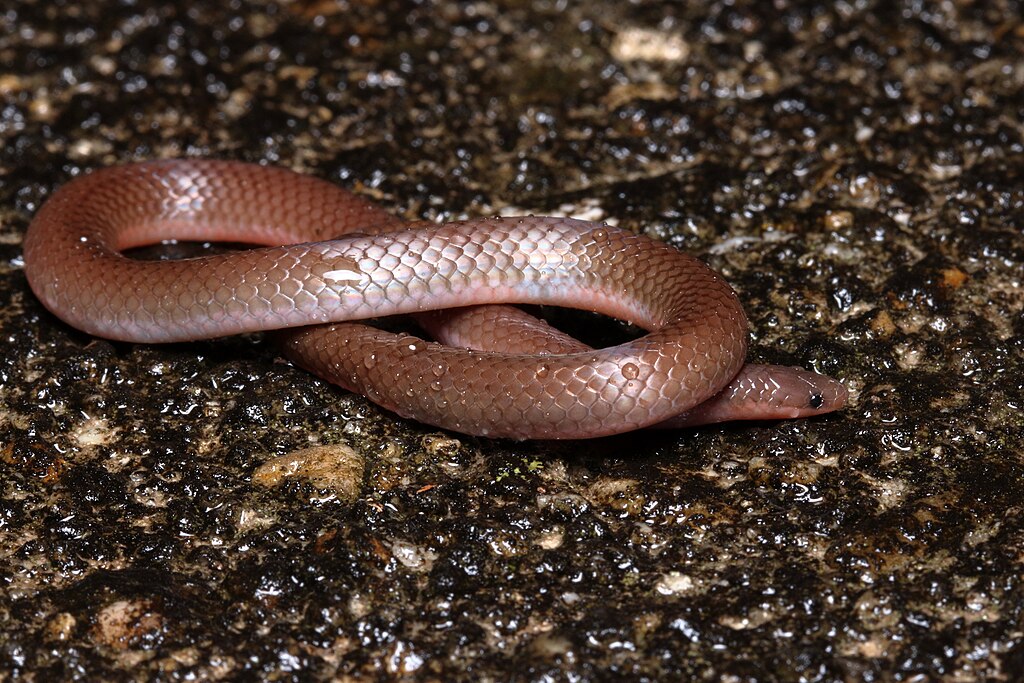
In suburban and rural environments, snakes sometimes seek the warmth and security of car engines, creating potentially startling encounters for unsuspecting vehicle owners. The heat retained by engines provides an attractive thermal environment, especially for cold-blooded reptiles in cooler climates or during evening hours. Snakes can access these spaces through small openings in the undercarriage, slithering up into the complex mechanical spaces where they remain protected from predators. Species like garter snakes and rat snakes are most commonly found in these mechanical hideaways, sometimes causing concern when discovered during routine maintenance. Wildlife experts recommend tapping lightly on your hood before starting your vehicle in snake-prone areas, giving any hidden reptiles a chance to vacate before the engine activates.
Inside Household Plumbing Systems

Perhaps one of the most unsettling hiding places for human encounters, some snake species have been known to enter homes through plumbing systems, particularly in tropical and subtropical regions. Water-loving species such as water snakes and certain pythons can navigate through pipes, occasionally emerging in toilets or drains to the alarm of homeowners. These moisture-rich environments appeal to snakes seeking humidity and protection, with the complex network of pipes providing an extensive hiding system. In regions like Florida, Australia, and parts of Southeast Asia, this phenomenon occurs frequently enough that special plumbing modifications are sometimes installed to prevent snake entry. The narrow confines of pipes offer protection from larger predators while allowing snakes to move throughout structures undetected.
Among Dense Aquatic Vegetation

Water-dwelling snake species often seek refuge among the thick, tangled growth of aquatic plants when threatened. Species like water moccasins and common water snakes weave themselves through underwater root systems, lily pads, and floating vegetation mats, becoming nearly invisible to both predators and human observers. Their ability to remain submerged for extended periods—sometimes up to 30 minutes—enhances their concealment strategy when hiding from aerial predators like hawks and herons. The dense vegetation not only provides camouflage but also offers strategic hunting advantages, allowing these serpents to ambush unsuspecting prey that share the same habitat. The temperature gradient within these plant clusters creates microclimates that can help snakes regulate their body temperature while remaining hidden from sight.
Inside Bird Nests and Birdhouses
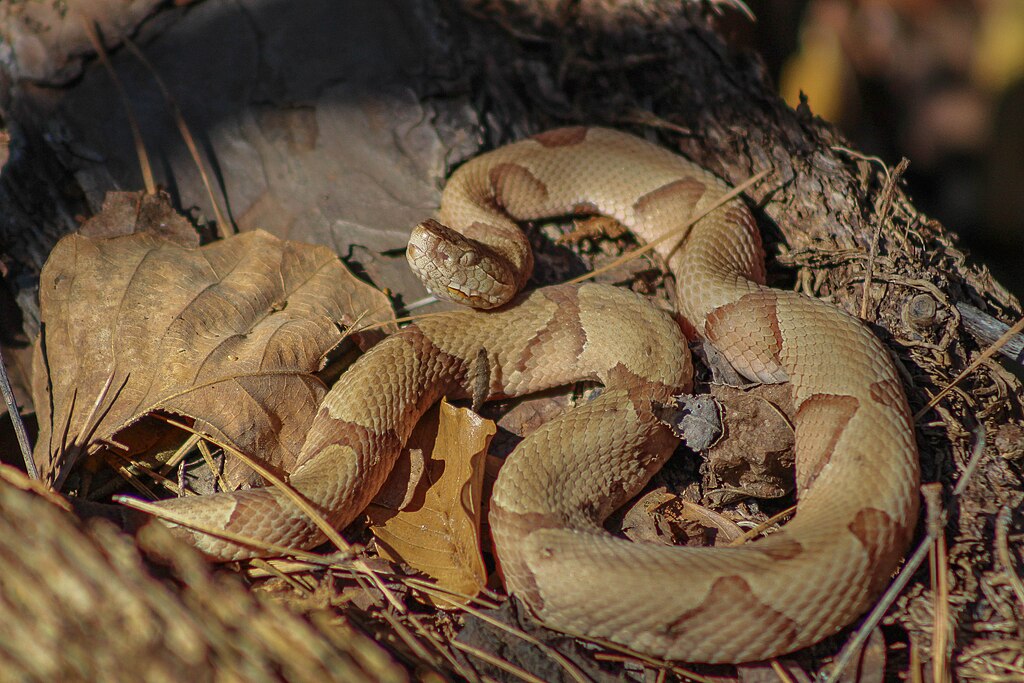
In a surprising display of opportunistic behavior, some snake species will infiltrate bird nests and human-made birdhouses to seek shelter or hunt. Arboreal species like rat snakes are particularly known for this behavior, climbing trees with remarkable agility to access these elevated hiding spots. Beyond serving as shelter, these locations offer potential meals in the form of eggs or nestlings, making them doubly attractive to hungry snakes. The enclosed nature of nests and birdhouses provides excellent protection from larger predators and harsh weather conditions. Bird enthusiasts often install snake guards on birdhouse poles after discovering that their well-intentioned housing projects have become serpentine sanctuaries rather than avian abodes.
Within Clustered Cactus Formations
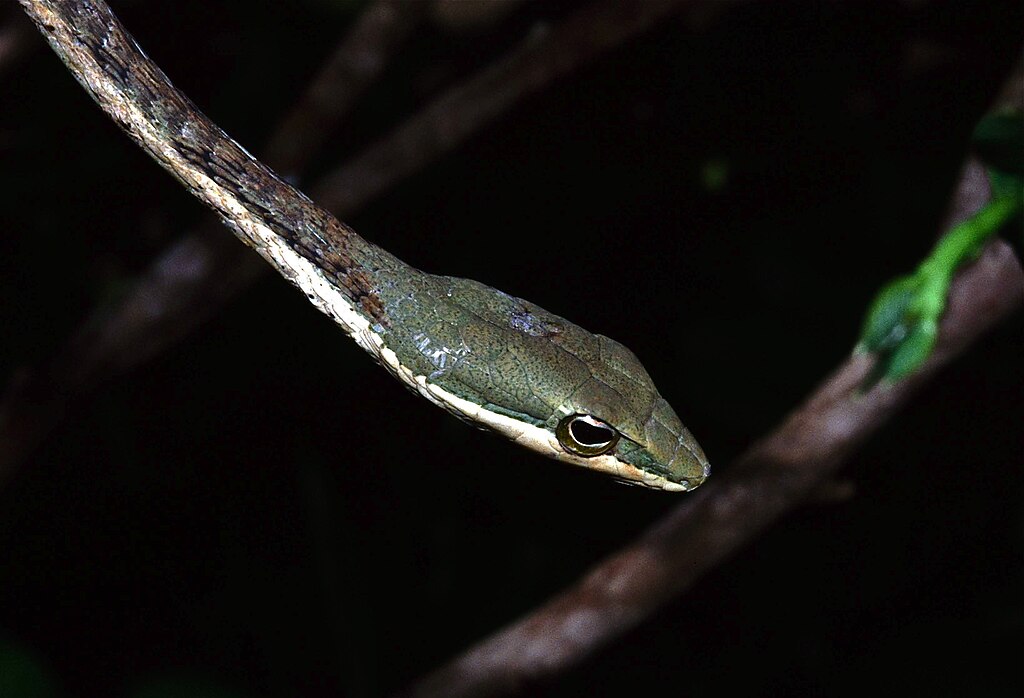
Desert-dwelling snake species have evolved to utilize the natural protection offered by cacti clusters, despite the obvious hazards posed by sharp spines. Rattlesnakes, sidewinders, and gopher snakes navigate these prickly fortresses with remarkable precision, using their scales and careful movements to avoid injury while accessing the protected inner spaces. The shade provided by these succulent plants offers essential temperature regulation in harsh desert environments, creating cooler microhabitats that help snakes avoid overheating. Additionally, these cactus formations often attract rodents and small reptiles seeking similar benefits, creating convenient hunting grounds for the hidden serpents. The nearly impenetrable barrier of spines deters most predators, making these prickly refuges particularly effective safe havens during vulnerable periods like shedding or digestion.
Under Artificial Debris and Construction Materials
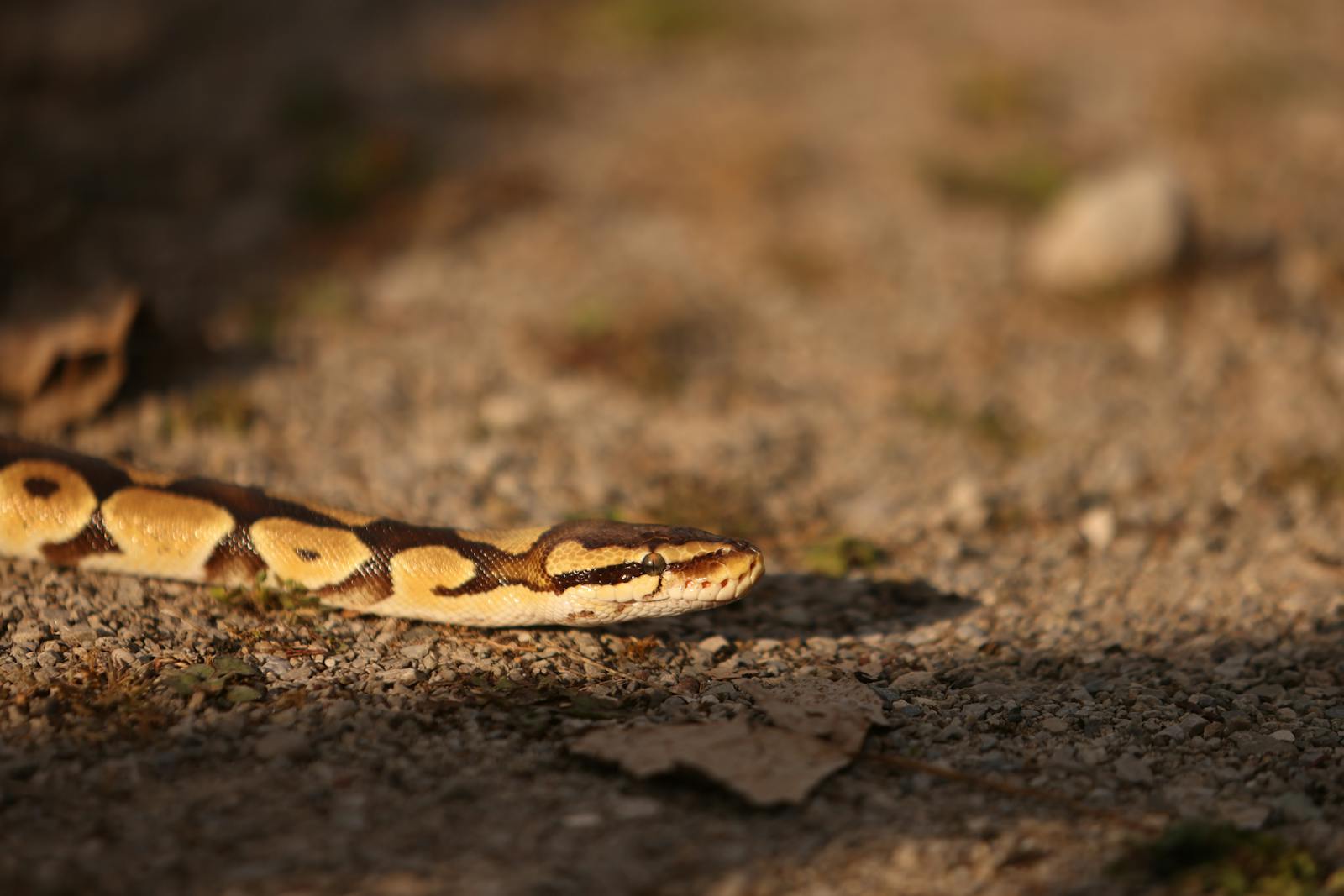
Human development has inadvertently created new hiding opportunities for snakes in the form of discarded materials and construction debris. Items like abandoned tires, metal sheeting, plastic tarps, and stacked lumber provide excellent thermal properties and protection that mimic natural shelters. These artificial habitats often retain heat efficiently, making them particularly attractive to snakes needing to regulate their body temperature. In suburban environments, species like garter snakes, racers, and kingsnakes readily adapt to these human-created hiding spots, sometimes establishing long-term residency under undisturbed debris piles. Conservation experts note that this behavior illustrates snakes’ remarkable adaptability to changing environments, even as natural habitats diminish through human expansion.
Inside Rock Wall Crevices
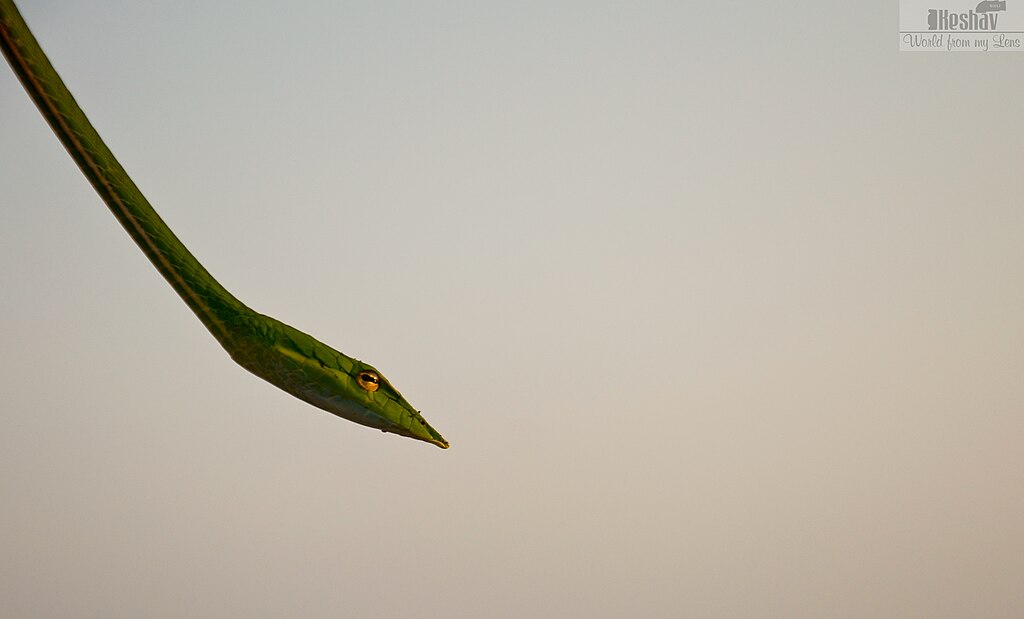
Natural rock formations and human-built stone walls provide ideal sanctuary for snakes seeking protection from both predators and environmental extremes. The narrow spaces between rocks offer secure passages that most predators cannot access, while the thermal properties of stone help regulate body temperature through natural heating and cooling cycles. Species like copperheads and milk snakes are particularly adept at utilizing these lithic labyrinths, compressing their bodies to access seemingly impossibly tight spaces. In agricultural areas, rock walls built by farmers centuries ago continue to serve as critical snake habitat, highlighting the unintended conservation value of these historical structures. The microenvironments created within these rock formations—varying in temperature and humidity—allow snakes to select optimal conditions as needed throughout the day.
Within Compost Heaps and Mulch Piles

The decomposition process in compost heaps and mulch piles generates heat and attracts numerous small creatures, creating an ideal environment for snakes seeking both warmth and prey. These organic mounds maintain relatively stable internal temperatures, providing comfortable shelter during cold weather and excellent hunting grounds year-round. Garden-friendly species like garter snakes and ring-necked snakes frequently inhabit these locations, helping control pest populations while remaining hidden from larger predators. The loose, friable nature of decomposing material allows snakes to create tunnels and chambers with minimal effort, establishing complex hiding networks within these garden features. Gardeners often discover these secretive tenants only when turning their compost or spreading mulch, leading to startled encounters that usually end with the snake quickly seeking new accommodations.
Behind Home Siding and Foundations

Modern housing construction often creates unintentional snake habitats in the form of gaps between siding and foundation walls or within the insulation spaces of homes. These narrow, protected channels provide ideal thermal regulation and protection from predators while offering access to prey like mice and insects that also inhabit these structural voids. Species such as rat snakes and garter snakes are particularly adept at exploiting these architectural features, sometimes living for years undetected within the walls of human dwellings. The stable temperatures within these building cavities prove especially attractive during extreme weather conditions, when outdoor temperatures might otherwise prove dangerous. Homeowners typically discover these serpentine squatters during renovations or when snakes venture into living spaces through small openings in floors, walls, or ceilings.
Inside Abandoned Animal Nests

Beyond bird nests, snakes opportunistically utilize abandoned shelters created by various other animals, from squirrel dreys to rabbit warrens. These ready-made hideaways provide immediate shelter without the energy expenditure required to create their own retreats. Small constrictors like kingsnakes and milk snakes frequently occupy these vacated homes, benefiting from the insulation and concealment they provide. The elevated position of tree nests offers protection from ground predators, while underground burrows provide shelter from aerial threats and temperature extremes. These adopted dwellings sometimes serve as temporary nurseries where female snakes can safely deposit their eggs or give birth to live young, protected from potential predators. The previous occupants’ scent may linger, potentially masking the snake’s presence from predators that might otherwise detect them.
Understanding Snake Hiding Behaviors

The remarkable adaptability of snakes in finding refuge showcases their evolutionary success as survivors. While their hiding places may sometimes seem unusual or even concerning from a human perspective, these behaviors represent sophisticated survival strategies refined over millions of years. Understanding where snakes might seek shelter helps us coexist more peacefully with these important predators while reducing unexpected encounters. For homeowners in snake-prone areas, recognizing potential hiding spots allows for more effective prevention measures. For wildlife enthusiasts, this knowledge enriches our appreciation for these remarkable reptiles and their ingenious approaches to self-preservation. The next time you encounter a snake in an unexpected place, remember that it’s simply demonstrating the remarkable adaptability that has allowed these ancient creatures to thrive across the globe for over 100 million years.

